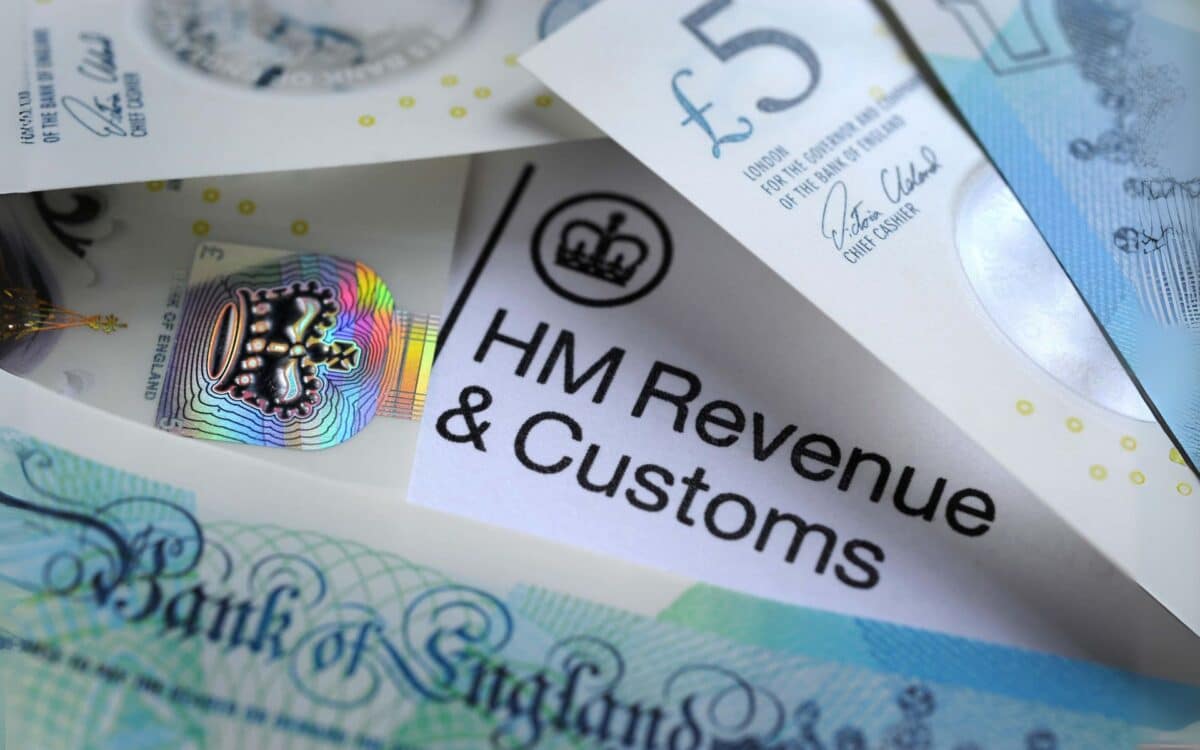Tax codes printed on UK payslips may seem cryptic, but they carry more weight than most people realize. Issued by HMRC, these brief alphanumeric combinations hold the key to how much income tax is deducted from your salary each month.
According to Mirror, getting the code wrong could quietly cost workers more than expected — or mean they’re owed money without knowing it. Understanding what these codes represent might be more relevant than it first appears.
What a Tax Code Means
Each tax code issued by HMRC represents a specific calculation based on an individual’s financial profile. These codes include figures based on one’s Personal Allowance, alongside any untaxed income such as interest or part-time savings, and taxable benefits like a company car or employer-provided health insurance.
For most people with a single job or pension, the standard code is currently 1257L. The number 1257 reflects the annual tax-free Personal Allowance of £12,570. The letter L indicates entitlement to this full allowance.
If an employee receives taxable benefits such as private medical insurance, these are subtracted from their allowance. For instance, HMRC guidance provides the following example:
You’re entitled to the standard tax-free Personal Allowance of £12,570, but you also get medical insurance from your employer. As this is a company benefit, it lowers your Personal Allowance and changes your tax code.
In that case, the benefit’s value (£1,570) is deducted, leaving a reduced allowance of £11,000, resulting in the tax code 1100L.
Emergency Tax Codes and How to Recognize Them
Codes ending in W1, M1, or X are emergency indicators, often assigned after certain life changes such as starting a new job, receiving a new employee benefit, or beginning to draw a State Pension. These are temporary codes and should be replaced once HMRC receives updated income details.
Tax codes starting with a K imply that the individual owes tax on income not previously taxed — or that tax from a past period is being recovered through current earnings. HMRC explains:
Your employer or pension provider takes the tax due on the income that has not been taxed from your wages or pension — even if another organisation is paying the untaxed income to you.
When a K code is in use, no more than 50% of the employee’s pre-tax wages or pension can be deducted for tax.
How to Claim a Tax Refund
Tax codes can be updated or corrected. If you believe you’ve been overcharged, you can apply for a tax refund using the official form available on the UK Government website (GOV.UK).
The refund process is not automatic. A formal claim must be submitted online or by post. The site provides guidance based on your employment status and tax year.
According to RIFT, a tax refund specialist, the average rebate for UK workers is £3,000, calculated from claims across a four-year period.
Their advice specifically highlights situations involving work travel:
Used your own vehicle or public transport to travel to different work locations? You could be owed a HMRC tax rebate but it’s not something you’ll just automatically be given back.
These costs, often overlooked, can contribute to a sizeable refund if properly documented.
How to Verify Your Tax Status
To check your current tax code, refer to your payslip, P45, or P60 document. The code is typically shown near your National Insurance number. You can also access your tax details and request updates via your Personal Tax Account on the GOV.UK platform.
Additional information about income tax bands, thresholds, and Personal Allowance adjustments is available through HMRC’s official channels.









